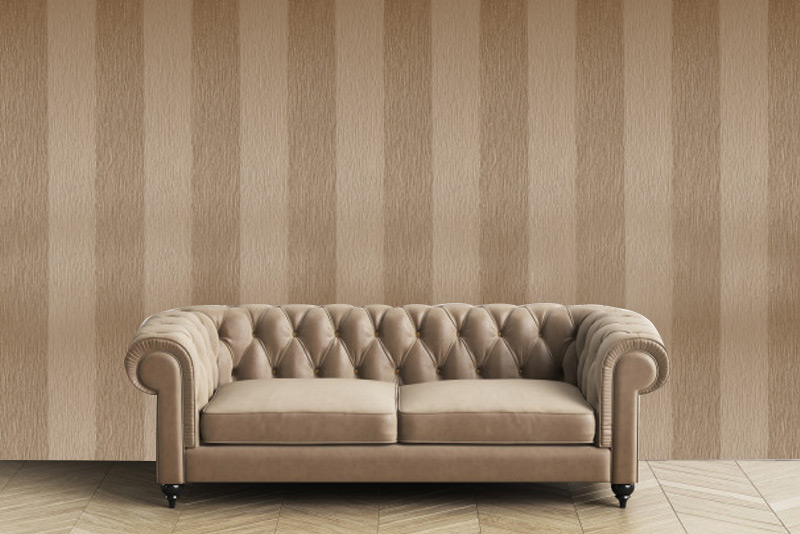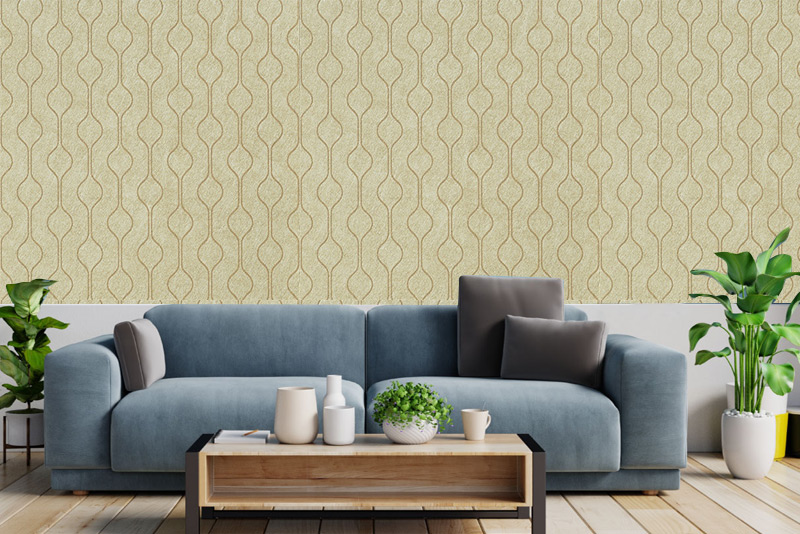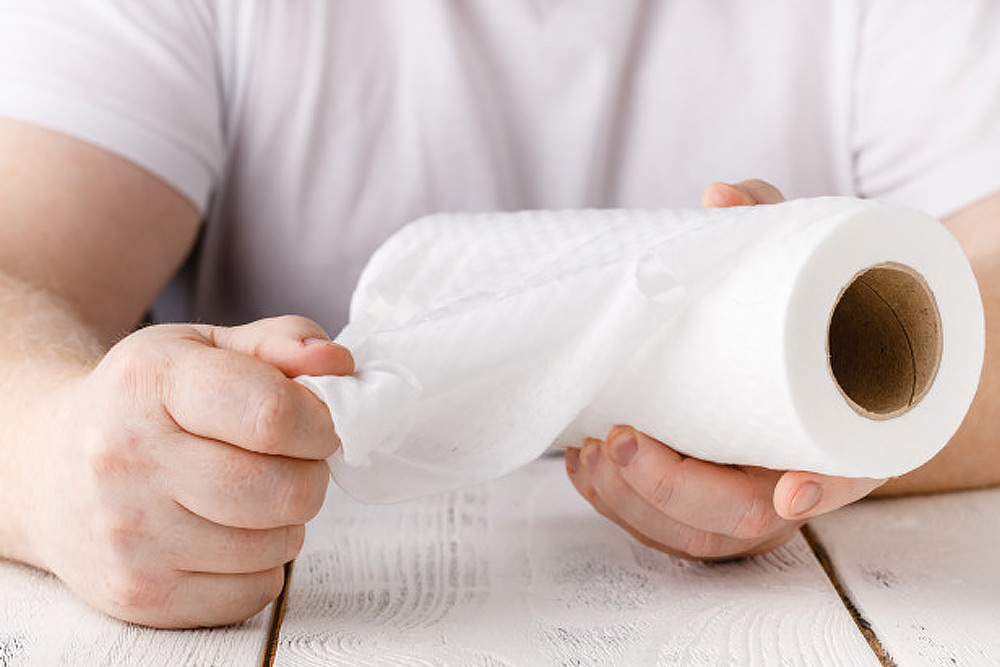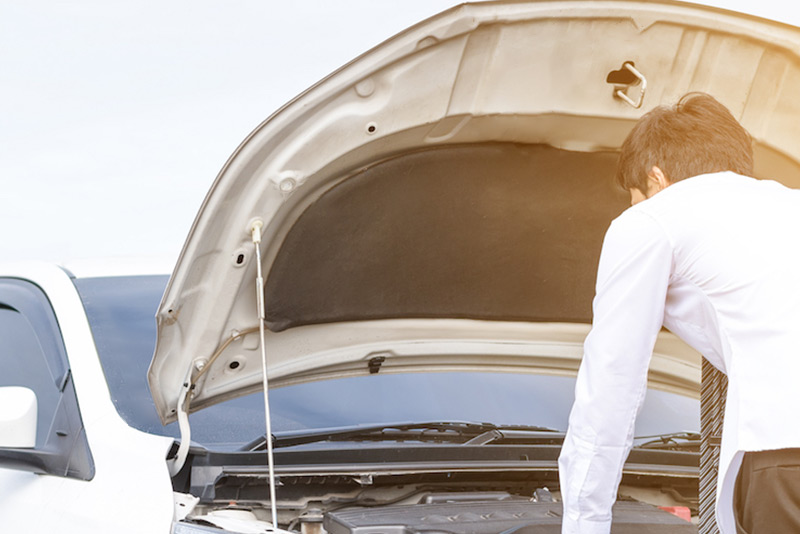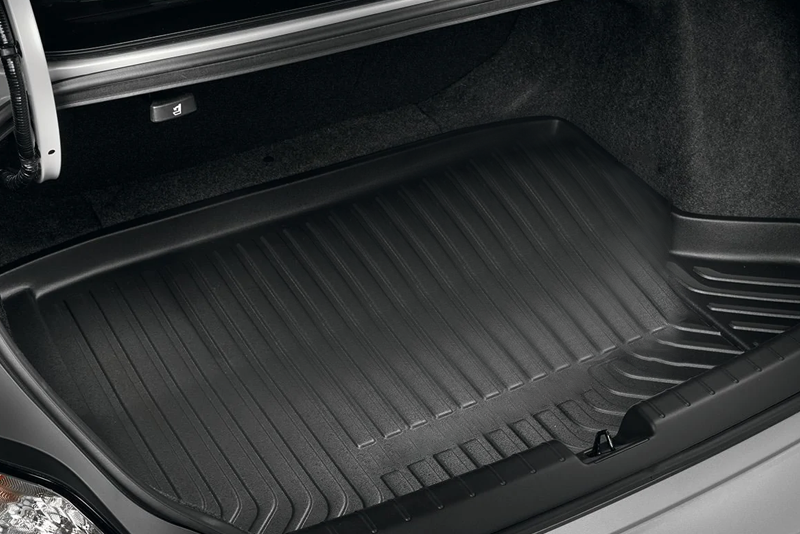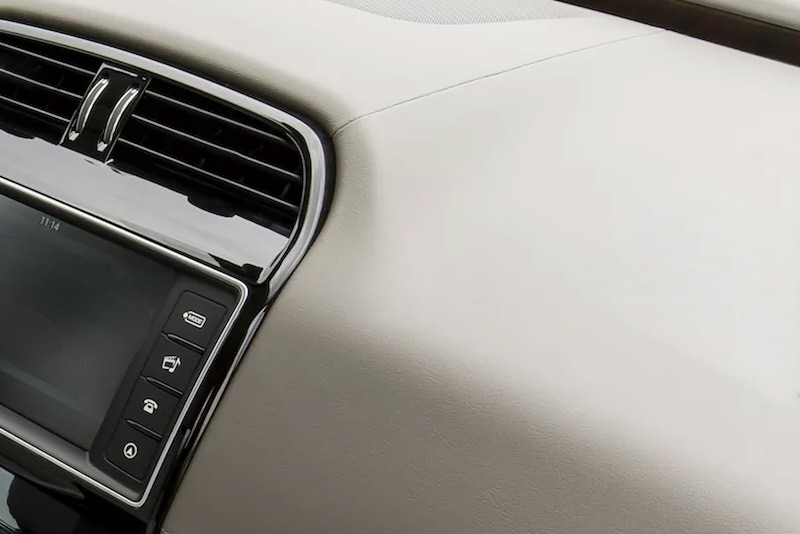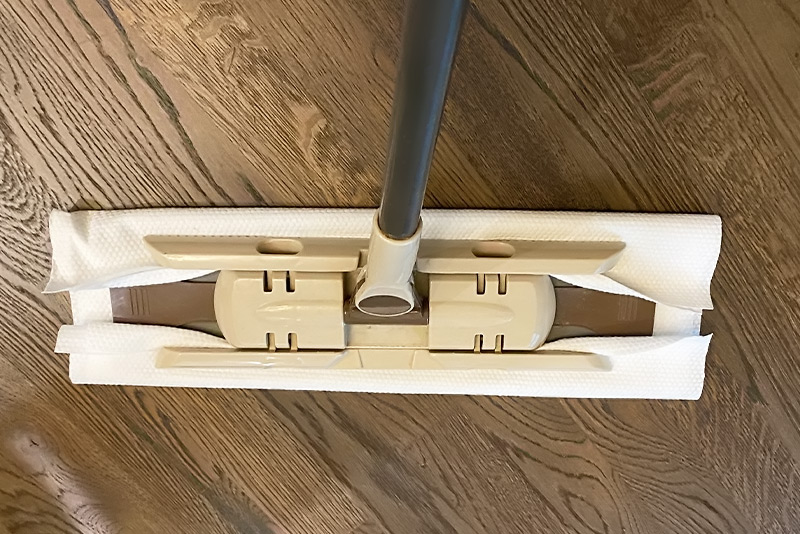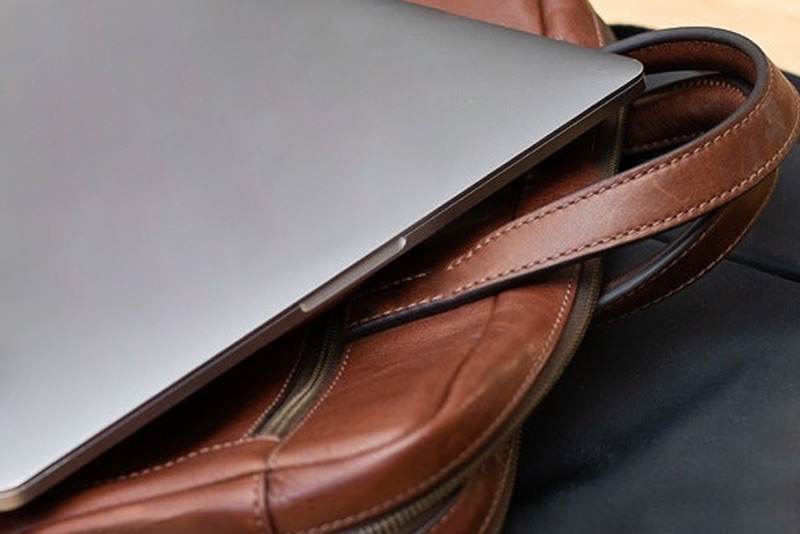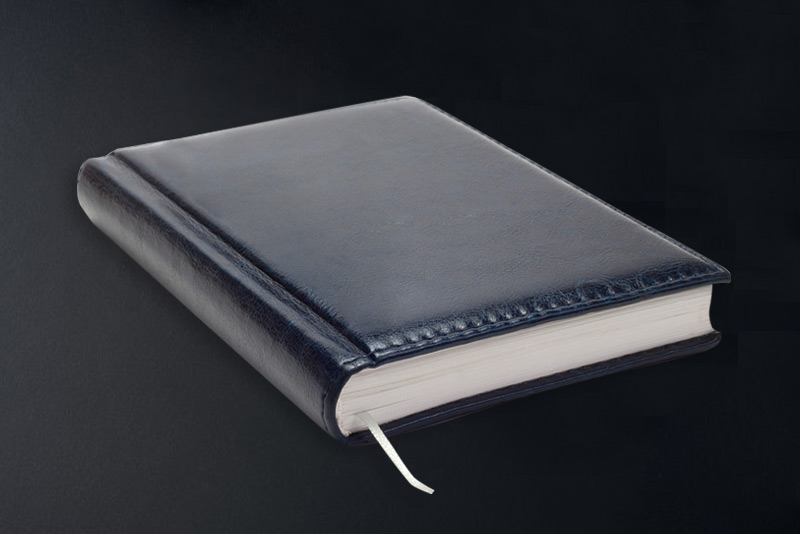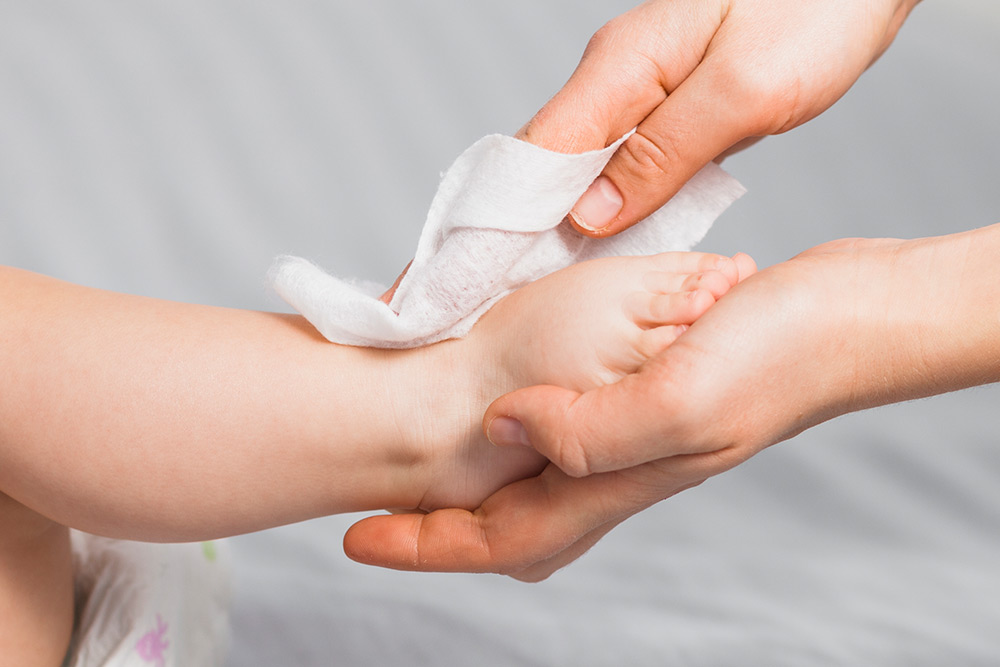Waterproof nonwoven fabric can be engineered to provide varying levels of breathability, depending on the specific requirements of the application and the manufacturing process. Here's how it typically works:
Breathability:
Waterproof nonwoven fabric can incorporate breathable membranes or coatings that allow moisture vapor to escape from the fabric while preventing liquid water from penetrating.
These breathable membranes or coatings are often microporous, containing tiny pores that are smaller than water droplets but larger than water vapor molecules. This allows moisture vapor to pass through the fabric while blocking liquid water.
The breathability of waterproof nonwoven fabric helps regulate body temperature and reduce the buildup of heat and moisture inside garments, footwear, or other products made with the fabric.
Moisture Management:

In addition to breathability, waterproof nonwoven fabric may also feature moisture-wicking properties that help transport moisture away from the skin and disperse it across the fabric surface.
This moisture management capability helps keep the wearer dry and comfortable by preventing the accumulation of sweat and moisture against the skin.
Application Considerations:
The level of breathability in waterproof nonwoven fabric can vary depending on factors such as the intended use, performance requirements, and manufacturing techniques.
For applications where maximum breathability is critical, such as outdoor activities or high-intensity sports, waterproof nonwoven fabric may be engineered to provide enhanced breathability without sacrificing waterproofness.
However, in some cases, waterproof nonwoven fabric may prioritize waterproofing over breathability, particularly in applications where protection against heavy rain or immersion is paramount.
Moisture Vapor Transmission Rate (MVTR):
Manufacturers may specify the moisture vapor transmission rate (MVTR) of waterproof nonwoven fabric, which quantifies its breathability by measuring the amount of moisture vapor that can pass through the fabric over a specific time period.
A higher MVTR indicates greater breathability, allowing for better moisture management and comfort for the wearer.
While waterproof nonwoven fabric can provide effective protection against water infiltration, it can also be designed to offer breathability and moisture management properties, helping to enhance comfort and wearability in a wide range of applications.


 English
English 简体中文
简体中文 日本語
日本語
